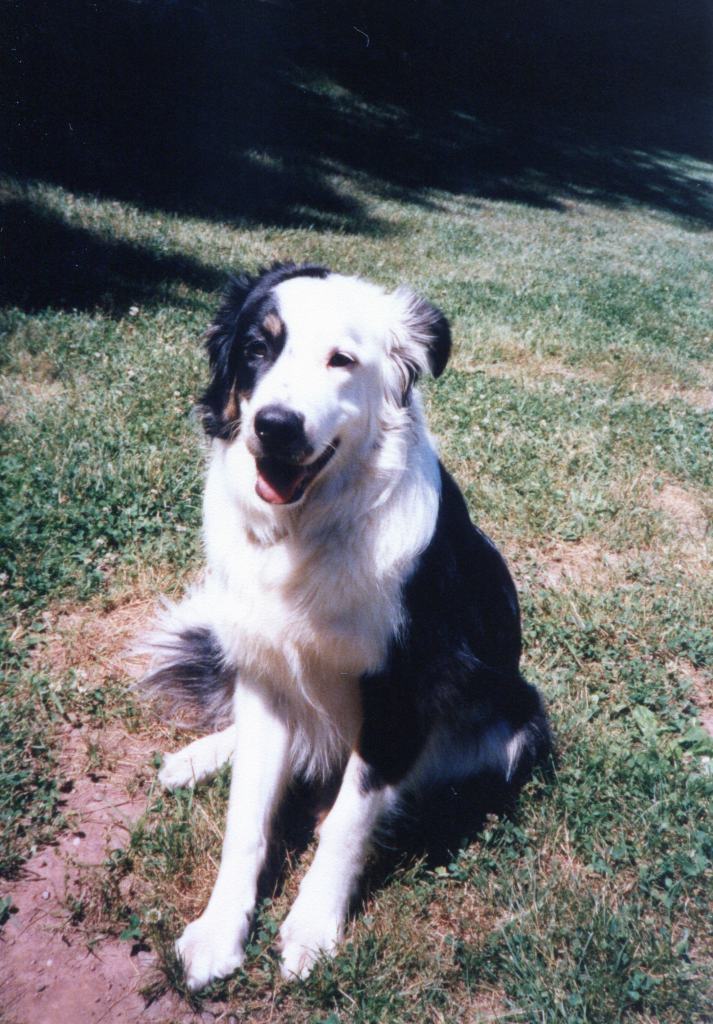Swamp cancer has been around for a long time worldwide. It was first reported in 1884 and is typically limited to tropical and subtropical areas that include, Thailand, India, Brazil and states in the U.S. that border the Gulf of Mexico. Although recently it has been reported in northern area of the U.S.
Pythiosis causes either non-healing sores on the skin or lesions internally. Dogs that contract Pythiosis and are not treated, typically live less than one month. Horses and other animals can also contract pythiosis.
Pythiosis is caused by organisms that are similar to fungus but are related to algae, often called water molds. As the name suggests, they need water to survive. They are found in stagnant water including ponds, swamps and bayous but they are also found in moist soil, grasses and aquatic vegetation. The mold is attracted to human and horse hair as well as the skin of animals.

An animal can contract it by rubbing against or eating vegetation, wading or swimming in contaminated water or drinking or getting the water in their mouth. Hunting dogs are a prime candidate and studies have shown that for an unknown reason, German Shepherd Dogs also have a higher instance of Pythiosis.
In the skin form of the disease a dog will have non-healing wounds that will not respond to antibiotics. The wound will grow, drain pus and the tissue will die. In the internal form of the disease the dog may vomit, have diarrhea which will be watery and bloody. The dog may lose his appetite and thus weight. Masses may form on various organs in the body.
There are tests that a veterinarian can use to help determine if the dog has pythiosis and veterinarians at the University of Florida College of Veterinary Medicine are working to find a cure. If your dog has pythiosis you can contact them to partake of a pilot study for treatment of this disease.
Contact the University of Florida Small Animal Hospital at (352) 392-2235 or complete the study interest form at https://research.vetmed.ufl.edu/clinical-trials/contact-us/
to see if their dog qualifies.




